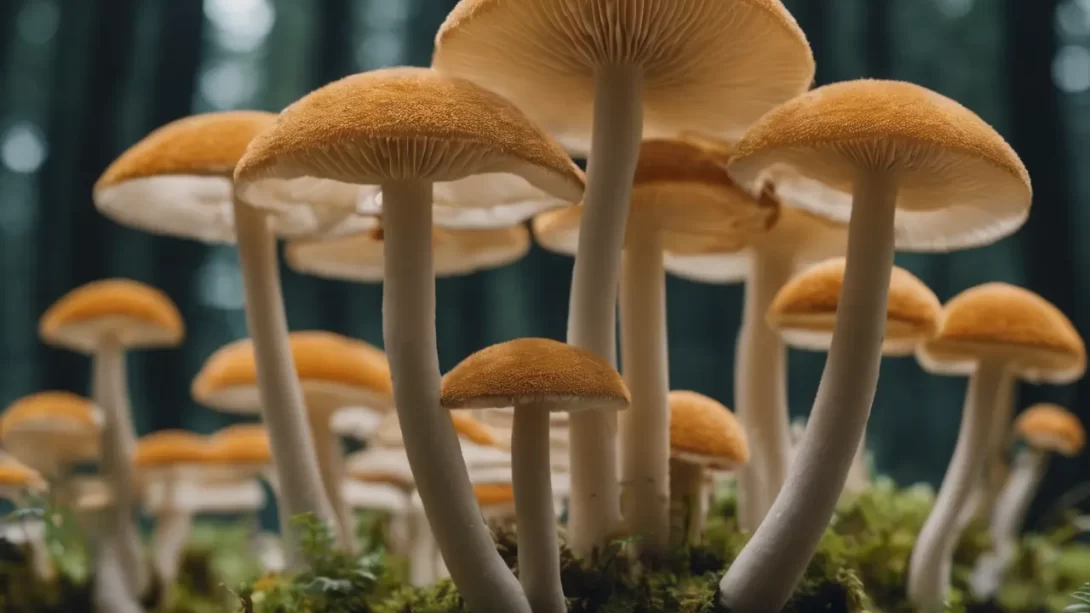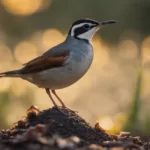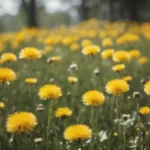Mushrooms, a fascinating and diverse group within the fungi kingdom, possess a range of unique features that intrigue both the scientific community and the general public. Among these features, the gills of mushrooms are particularly noteworthy. These structures are not only crucial for the mushroom’s life cycle but also play a significant role in mushroom identification.
Anatomy of a Mushroom
To understand mushroom gills, it’s helpful first to look at the general anatomy of a mushroom. Typically, a mushroom consists of a cap and a stem. The cap, often umbrella-shaped, protects the spore-producing surfaces, which can vary in form. Beneath the cap, you’ll find the gills, thin, paper-like structures radiating outward from the stem. The stem supports the cap and can vary in height and thickness depending on the species.
What are Mushroom Gills?
Mushroom gills, or lamellae, are the rib-like structures located on the underside of the mushroom cap. They are most often found in species belonging to the Basidiomycota division but can vary greatly in their appearance. Gills can be densely packed or widely spaced, and their color often changes as the mushroom matures. In some species, the gills are attached to the stem, while in others, they are free or only partially connected.
Function of Mushroom Gills
The primary function of mushroom gills is related to reproduction. Gills house the basidia, microscopic, club-shaped structures where spores are produced. Once mature, these spores are released into the air and carried away, often by wind, to facilitate the spread of the fungus. This process of spore production and dispersal is critical for the propagation of mushroom species. The design and arrangement of gills optimize spore release, making them a key component in the mushroom’s reproductive strategy.
Varieties of Gills in Different Mushrooms
The diversity of gill structures across mushroom species is remarkable. Some mushrooms, like the common white button mushroom (Agaricus bisporus), have closely spaced, fine gills. Others, such as the oyster mushroom (Pleurotus ostreatus), feature more widely spaced and decurrent gills that extend down the stem. Shiitake mushrooms (Lentinula edodes) have gills that are nearly free from the stem. The variability in gill structure is not just aesthetic; it often relates to the specific reproductive strategies and environmental adaptations of different mushroom species.
Importance of Gills in Mushroom Identification
For mycologists and mushroom enthusiasts, gills are an essential feature in the identification process. The color, spacing, thickness, and attachment of gills to the stem can help differentiate between species. For instance, the presence of a ring or veil remnants on the stem, along with gill attachment, can indicate a mature specimen of a certain species. Careful observation of gills, along with other features like cap shape, color, and habitat, is crucial for accurate identification, especially when distinguishing between edible and poisonous varieties.
Gills in Culinary and Medicinal Use
In the culinary world, mushroom gills play a varying role. While the gills of some edible mushrooms are considered a delicacy, adding texture and flavor to dishes, in others, they may be removed before cooking for aesthetic or textural reasons. For instance, the gills of Portobello mushrooms are often scraped off to avoid darkening a dish. In terms of medicinal use, the entire fruiting body of the mushroom, including the gills, is typically utilized, especially in traditional practices where mushrooms are valued for their therapeutic properties.
Conclusion
Mushroom gills, a defining feature of many fungi, play a crucial role in the life cycle, identification, and culinary uses of mushrooms. These delicate structures, varying greatly among species, are integral to the reproductive success of mushrooms, facilitating the release and dispersal of spores. The diversity in gill structure and attachment reflects the adaptation of different mushroom species to their environments and reproductive strategies.
In the realm of mushroom identification, gills are a vital characteristic, providing key information that helps distinguish between species. The color, spacing, attachment, and other features of the gills are essential indicators used by mycologists and mushroom foragers to identify and classify different types of mushrooms. This is especially important when differentiating between edible and toxic varieties, where accurate identification can be a matter of safety.
In culinary contexts, the gills of mushrooms contribute to both the flavor and texture of dishes. While they are cherished in some species for their unique taste and aesthetic appeal, in others, they are removed for practical reasons. The culinary use of mushroom gills, like their role in reproduction and identification, highlights the multifaceted nature of this simple yet complex structure.
Understanding mushroom gills enriches our appreciation of these fascinating organisms. Whether exploring the forest floor for wild varieties, cultivating them in a garden, or preparing a gourmet meal, recognizing the importance of gills enhances our connection to the natural world. Mushrooms, with their diverse forms and functions, continue to captivate and intrigue, and their gills play a significant part in their ecological and gastronomical story.



